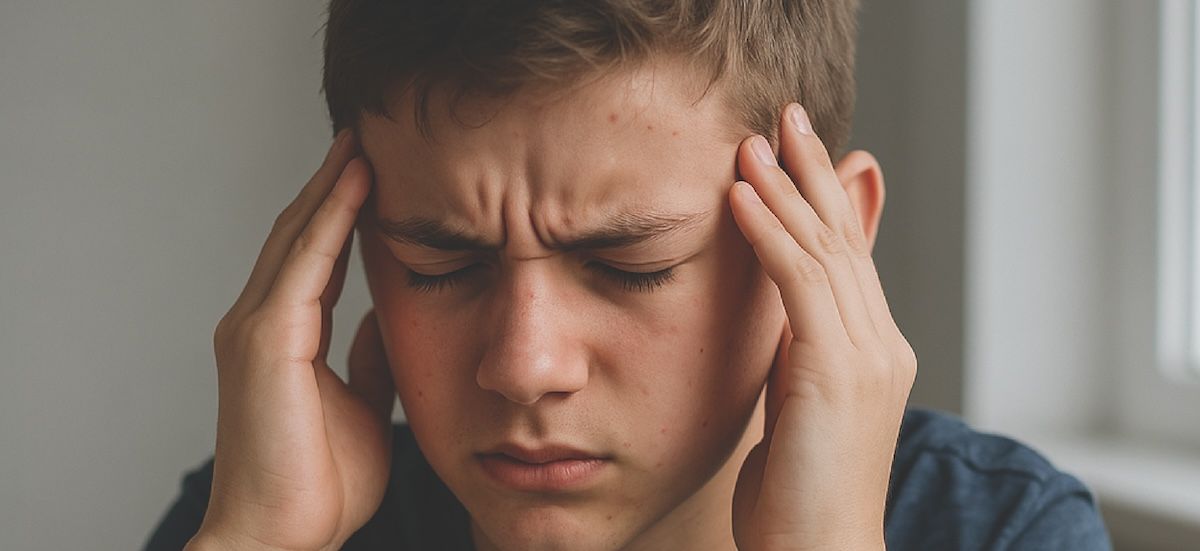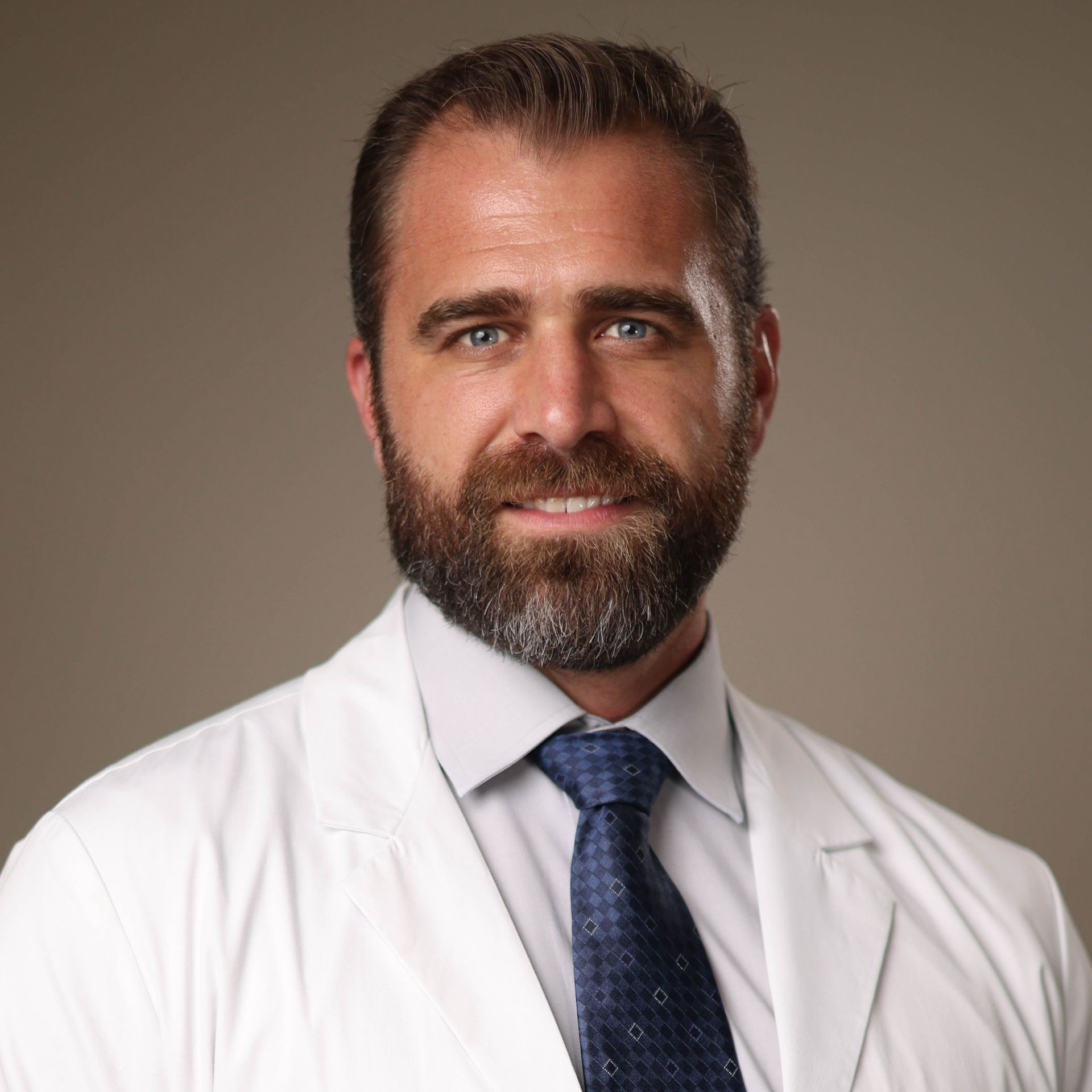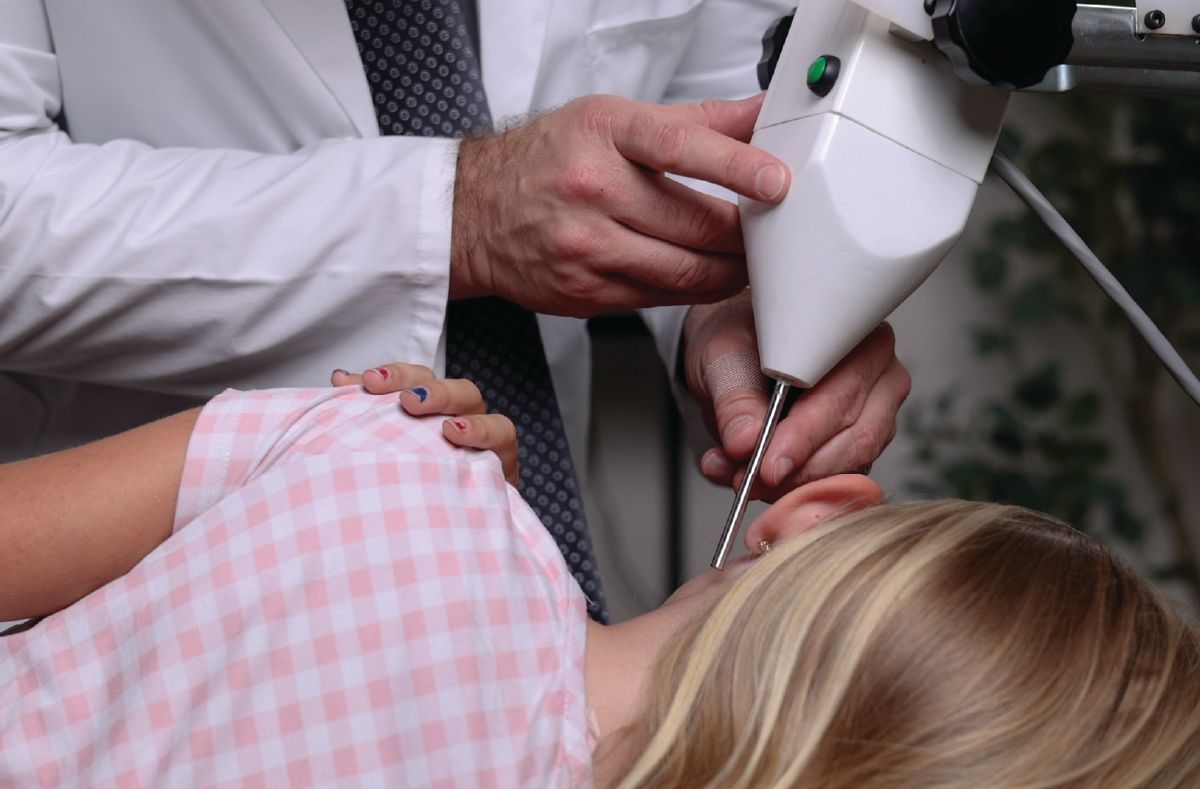Resolution of Chronic Migraines in a 15-Year-Old Male Following Chiropractic Care
A research article by Dr. Jarek Esarco and Dr. Joel Alcantara

Pediatric Migraine and the Role of Upper Cervical Care
This case report describes the upper cervical chiropractic management of a 15-year-old male with chronic migraines beginning after a motor vehicle accident at age three. The patient’s symptoms escalated after a football-related head injury, resulting in daily headaches with migraine-level intensity occurring about once every three weeks. Following upper cervical care using the Kale Upper Cervical Specific Protocol, the patient’s migraines were reduced to five total episodes over a 24-month period.
The case contributes to a growing conversation around conservative, imaging-informed chiropractic care as a management option for pediatric migraine—a condition that affects up to 28% of adolescents and can significantly interfere with daily function.
Case Overview and Clinical Findings
The patient had a complex history that included early childhood head trauma and escalating migraine activity during adolescence. His headaches were constant and sharp, accompanied by visual disturbances such as halos and distorted images. He reported significant aggravation from light, noise, dehydration, and sleep deprivation, with worsening symptoms during puberty.
Examination findings included restricted cervical range of motion, palpable tenderness at C2-C3 and the rectus capitis minor, and paraspinal thermal asymmetries. X-ray analysis revealed misalignments of both the atlas (ASLP) and axis (PRI), with the C2 listing identified as the major subluxation. The patient underwent care using the Kale protocol, which involved manual adjustments delivered in the knee-chest position using a toggle recoil technique.
After his first adjustment, the patient experienced immediate reduction in pressure and improved mood. Over the following visits, he reported only minor symptoms where migraines once consistently occurred. Across two years, only five migraine events were documented, compared to near-daily pain prior to care.
Precision and Safety in Pediatric Upper Cervical Care
This case underscores the potential of upper cervical chiropractic care to reduce migraine frequency in adolescents, especially when traditional routes provide limited relief. The Kale protocol used here is one of several techniques that target the craniocervical junction with specificity, using imaging and neurological indicators to guide adjustments.
At Cerebral Chiropractic Center, we build on this foundational approach with the Advanced Orthogonal technique—a non-invasive, sound wave-guided correction method that offers both high precision and increased gentleness. While the Kale technique uses manual thrusts in a knee-chest position, Advanced Orthogonal is performed with the patient comfortably lying on their side, and the adjustment involves no popping, twisting, or sudden movements.
Our imaging process captures detailed, three-dimensional data using specialized X-rays to calculate alignment and misalignment angles unique to each patient. This allows us to tailor each correction with millimeter-level accuracy. For many patients—especially children and adolescents—this combination of gentleness and precision results in even greater symptom reduction than what's shown in this case study.
Most importantly, this case reflects what we see regularly in practice: upper cervical care is a safe and effective option for children with migraines. By identifying and correcting biomechanical stress in the upper neck, we often see improvements in frequency, intensity, and overall function, without reliance on medications.
Read the Full Article
For a detailed view of the patient’s case history, diagnostic process, and response to care, we recommend reading the full case report by Dr. Jarek Esarco and Dr. Joel Alcantara: Resolution of Chronic Migraines in a 15-Year-Old Male Following Chiropractic Care [Access the full article here.]
Is Your Child Struggling with Migraines? We Can Help.
If your child or teenager is experiencing migraines—especially after head trauma or with known postural triggers—it's worth exploring whether upper cervical misalignment could be contributing. At Cerebral Chiropractic Center in St. Petersburg, FL, we use precise, non-invasive imaging and gentle Advanced Orthogonal care to address the structural root of neurological symptoms.
Schedule a consultation to learn more about our approach to pediatric migraine care.
More Articles













